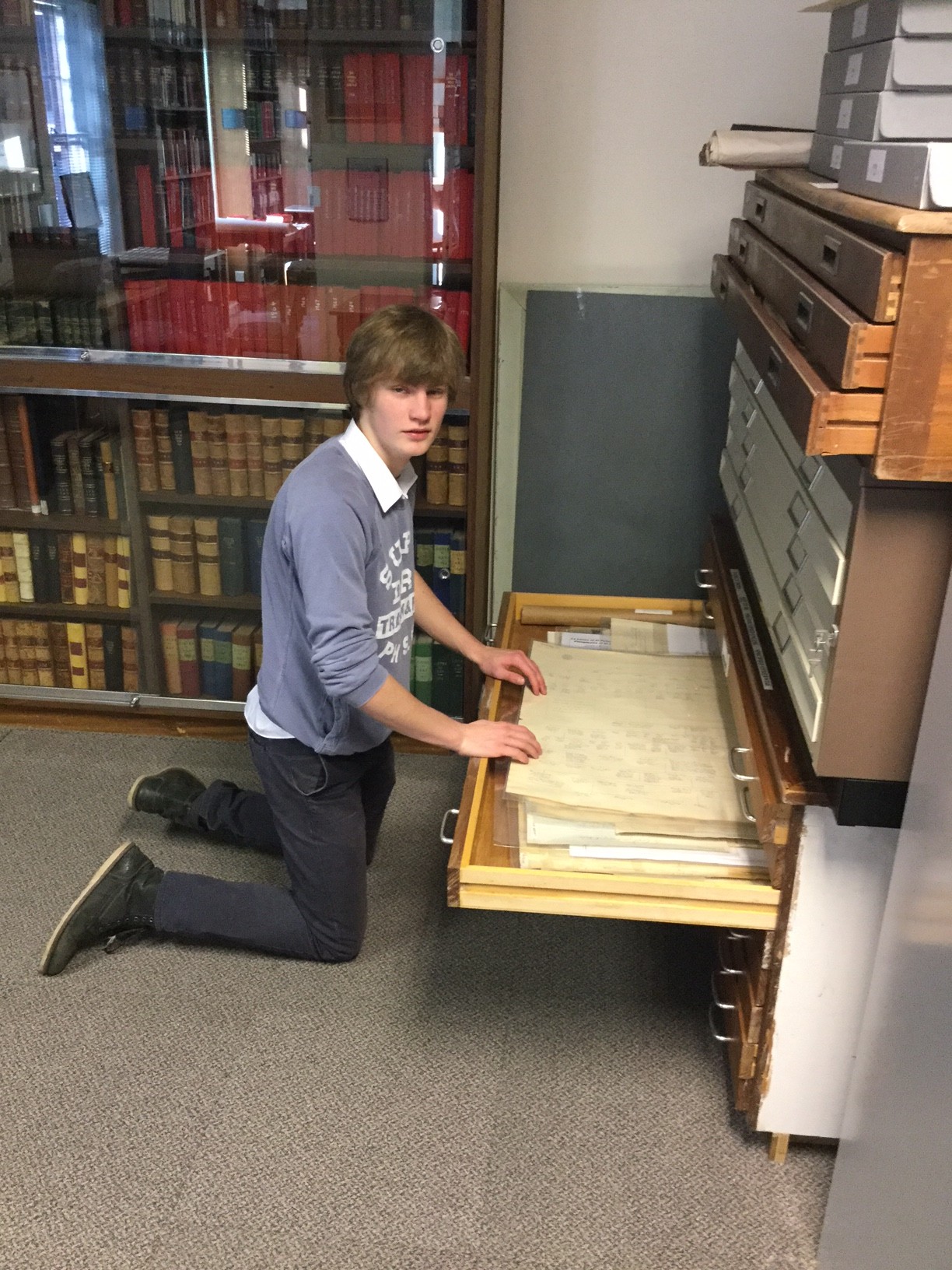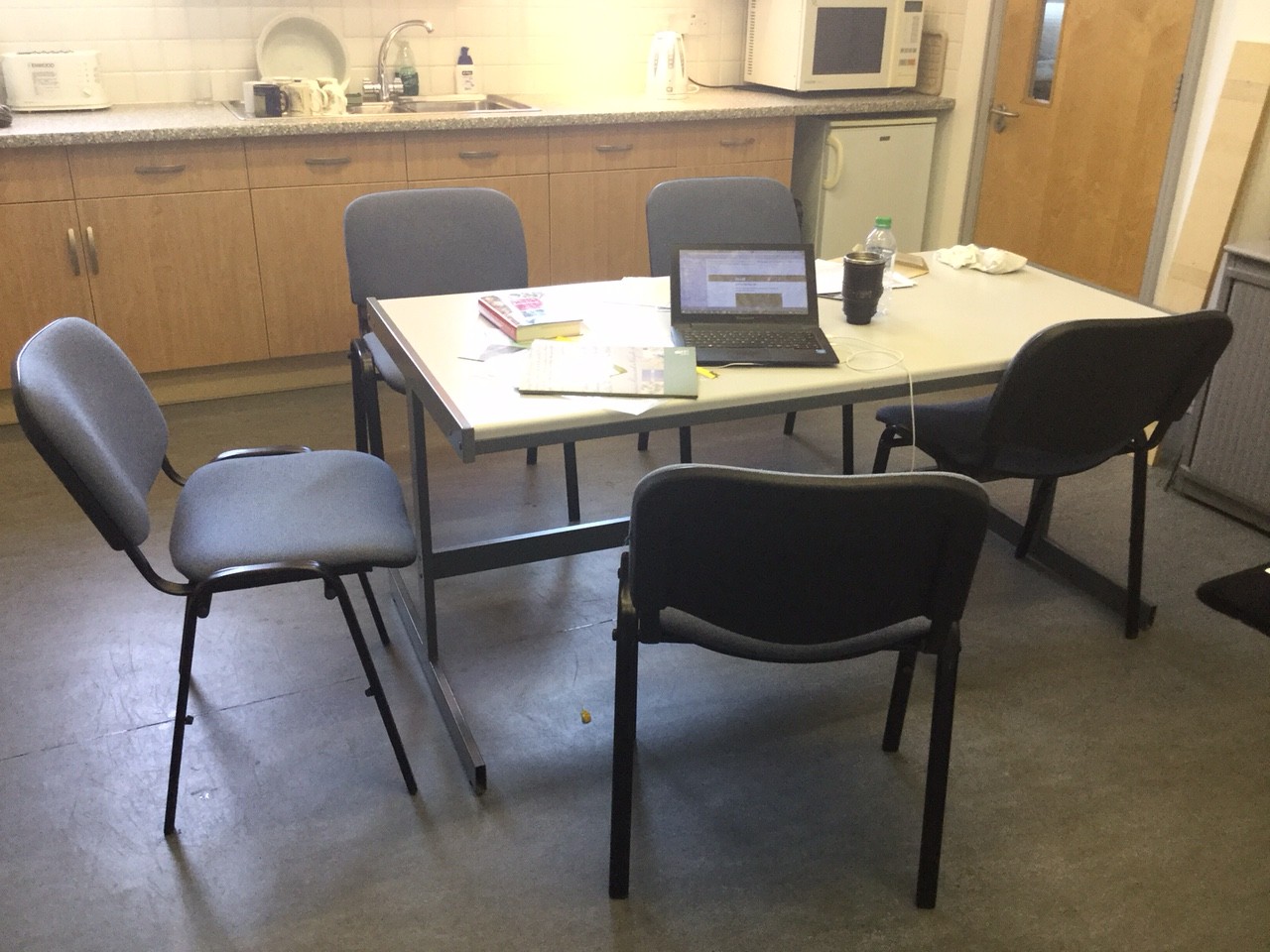For the second week of my internship I began at Jersey Arhcives in the morning to order my copies of two documents; Francis Le Feuvre’s will & testament, as well as his German Occupation Registration Card. I registered as a Jersey Archive member in which I recieved a started pack and watched a short 5 minute video outlining the process and consideration of using the ‘reading room’.

I then went up to the reading room and ordered the two documents I needed. I found the process to be difficult to follow at first because I had never been exposed to such an environment before. The staff there however were really friendly and hellped me out a lot.
I then reported my findings to Gareth back at the Société Jersiaise and we had a brief chat about my views of this experience and my evaluation of my findings.
- The reading of Francis’ will (saw the original copy in the archives)was fascinating to explore and divulge into. Although I already knew this, it was interesting to see that my Granddad was not included in the testament. I suppose seeing the document in person made such a concept more real and graphic as I could see the exact nature of what was intended and written. We both decided it would be a good idea to trace evidence with relates to such reason, which I speculate from what I heard was to do with my Granddad’s decision to join the Salvation Army.
- The registration card was equally a fascinating and insightful document to study. The glaring presence of Francis in the image very much impimises the characteristic of what I have heard about him, a stern and foreboding character! Again, as Gareth also noticed, I can see firm Le Feuvre family residence
I spoke to my Nan about the image in question of Jack, David and Edward Le Feuvre – of whom all emigrated to New Zealand. She stated clearly that this had no connection to possibly my Granddad’s brothers.
- Although she stated the he did have a brother named Edward whom was sent to Australia after getting into trouble and encountering some difficulties, of which my Francis decided in this instance to send him away.
- This finding in itself was interesting in formulating a viewpoint of my Francis of which I can use to articulating an interpretation of his relationship with his other children, and thus my Granddad.
On this note, we decided to venture downstairs to the Societere library where I went 2 years prior with my Dad and Uncle to view (a very large!) Le Feuvre family tree. This family tree was created by renowned Jersey-French author George Le Feuvre (1891-1984), known professionally under his pen name ‘George d’la Forge’. D’la Forge was distant relative of the family. My Nan recalls providing hospitality for him on a few occasions he visited the family in Kenya.

The aim of this visit was to confirm some of the discoveries we have made in the last week. We wanted furthermore to establish the identity of the three Le Feuvre brothers who emigrated to New Zealand.
The tree, consisting of 7 A1 Pages, is an extensive record of the genealogy of the family, dating back to to the mid 16th Century with our oldest ancestor on record, Pierre Le Feuvre. We sourced my Granddad on the tree and his direct line. From this line we established that the three boys in question on the photograph were my Granddad’s first cousins. This may be a possible link to follow in my coursework, however I am unsure whether I have sufficient time to do.
After looking at the family tree, Gareth then got me to complete a task, as a way of furthering my understanding of working life at the Societere. He asked me to fill in a survey looking at the portrait collection of Henry Mullins. I had to source every single photo and then fill on the survey the gender of subject and the backdrop of which their portrait was taking. This proved to be quite a repetitive task and as Gareth jokingly put it “this is the boring side of working at the archives” . Nevertheless it was still fastinating to see the extent of the detail taken at the societere to ensure the photographs and photography collections are as detailed, tracked and monitored as possible. It has made realise quite how obsessive and methodical Gareth is in his approach to running the photo archives.
Afterwards Gareth invited me to read a couple of extracts in a book looking at prominent Jersey people. There we two Le Feuvre’s documented on this book: George Le Feuvre (who wrote the family tree) and Philip Le Feuvre (of which Philip Le Feuvre house is now named after).
Evaluation
Again, I enjoyed my two hours I spent down at the Societere Jersai. I found reviewing my family tree to be very interesting and I forgot just have large it is. My time down archives before the internship to order the registration card and will, was a new and challenging experience. It was interesting to see how the archives centre works, I was surprised quite how simple it was to register to the system and make use of the extremely large quantity of resources on offer.













